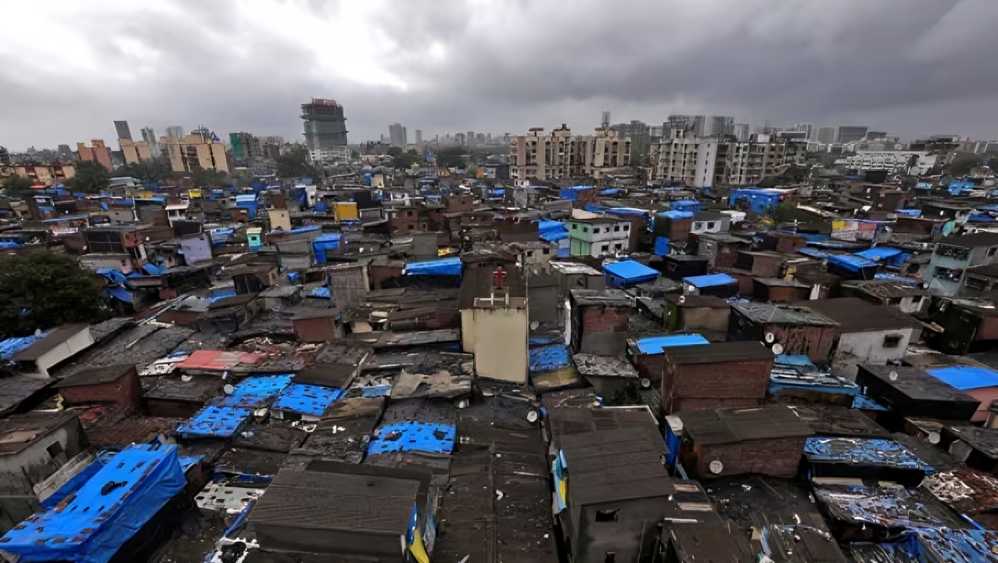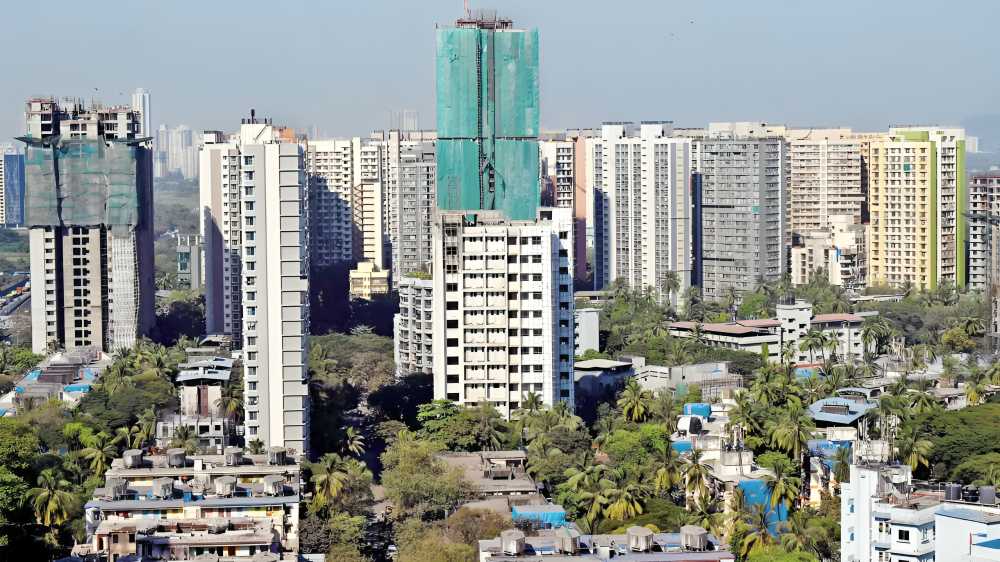November 18, 2025: The Maharashtra government has introduced a significant policy overhaul for slum cluster redevelopment, removing the long-standing consent requirement from slum dwellers for large-scale projects. Issued through a Government Resolution (GR) on November 13, the new framework—approved by the state cabinet on October 14—will apply to cluster developments exceeding 50 acres. The move is positioned as a way to accelerate redevelopment in severely congested and unsafe pockets of Mumbai and other cities.
1) Understanding the Slum Rehabilitation Scheme (SRA)
The Slum Rehabilitation Project (SRA) is the state’s flagship mechanism to redevelop slum settlements by offering free, legal housing to eligible residents. Developers gain development rights on the released land, allowing them to build saleable units that fund the rehabilitation component. Typically, each eligible slum dweller receives a 1 BHK home of about 330 sq ft, along with interim rent during construction.
2) No Consent Needed for Cluster Redevelopment
The new GR marks a major departure from the traditional approach. It states that “the consent of slum dwellers is not required” for implementing the Slum Cluster Redevelopment Scheme. Cluster projects, defined as large, continuous land parcels of 50 acres or more, may include slums, old buildings, dilapidated chawls, industrial units, and even government land. Officials say the rule aims to fast-track projects stuck for decades due to fragmented ownership and safety risks.
3) Consent Still Mandatory for Regular SRA Projects
The removal of the consent clause does not apply to non-cluster redevelopments. Smaller, individual slum pockets—typically below 50 acres—must still secure majority consent from residents. Officials note that most ongoing Mumbai SRA proposals will continue to follow this rule, making the consent-free provision exclusive to government-notified clusters.
4) Clusters Must Meet Size and Composition Rules
The GR specifies stringent criteria: a cluster must span at least 50 acres, and no more than 51% of the land should be classified as slums. The Slum Rehabilitation Authority (SRA) CEO will identify eligible clusters, which will then be evaluated by a High-Power Committee of senior state and municipal officials.
5) Mixed Urban Fabric Included
The model accounts for Mumbai’s complex urban mix. In addition to slums, redevelopment may cover old and unsafe buildings, tenanted properties, chawls, commercial units, warehouses, and industrial structures—enabling holistic transformation of large urban pockets.
Source: Hindustan Times





